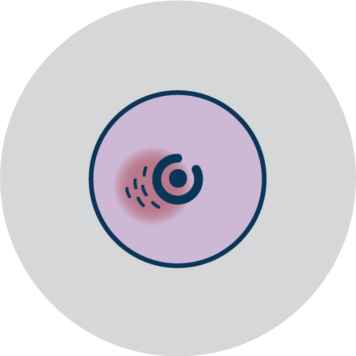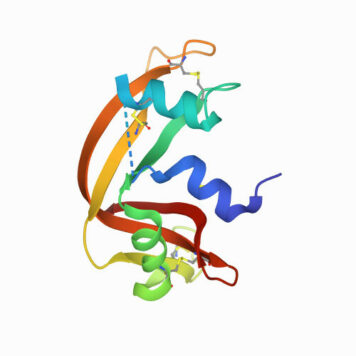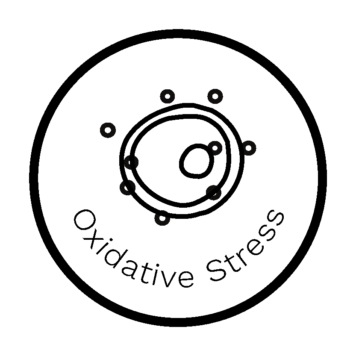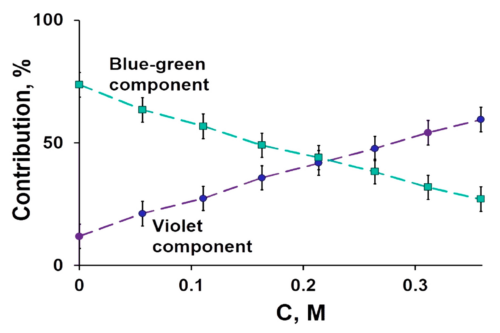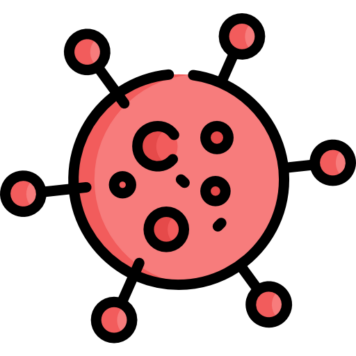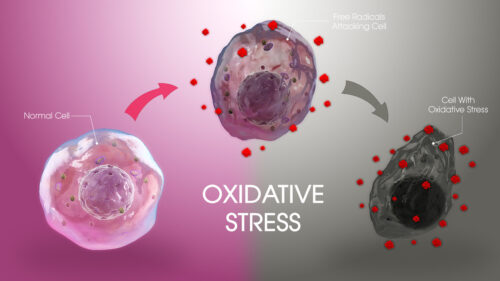The aim of this study was to investigate the possible protective role of fullerenol (FLR, C(60)(OH)(24) on doxorubicin (DOX)-induced lung toxicity using biochemical and histopathological approaches. Rats (Sprague-Dawley outbred) were randomly divided into five groups. The healthy control group received no medication (saline only). The other four groups had chemically induced breast cancer (1-methyl-1-nitrosourea; 50 mg/kg, ip). The second group was the cancer control group (saline only). The other three groups were DOX (8 mg/kg, ip), FLR/DOX (100 mg/kg, ip, 30 min before DOX; 8 mg/kg, ip), and FLR (100 mg/kg, ip), respectively. The levels of malondialdehyde (MDA) and oxidized glutathione (GSSG) in the lung tissue were higher in the group treated with DOX alone than in the control groups. The activities of catalase (CAT), glutathione reductase (GR), superoxide dismutase (SOD), and lactate dehydrogenase (LDH) were found to be increased in the lung tissue of the animals in the DOX group over all the other groups, while GSH-Px significantly decreased in activity compared with the control and FLR groups. There was no significant difference in MDA and GSSG levels and enzyme activities in either control (healthy; cancer) or FLR (FLR/DOX; FLR) groups. The acute change found in the DOX group was subpleural edema. In contrast, the groups treated with FLR appeared to be virtually histopathologically normal. In conclusion, this study clearly indicates that DOX treatment markedly impairs pulmonary function and that pre-treatment with FLR might prevent this toxicity in rats through inhibition of oxidative stress.
Related researches 41 articles





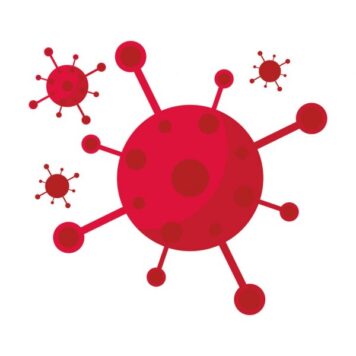



![Biocompatible [60]/[70] Fullerenols: Potent Defense against Oxidative Injury Induced by Reduplicative Chemotherapy](https://biofullerene.com/wp-content/uploads/2022/11/istockphoto-65584859-356x356.jpg)







